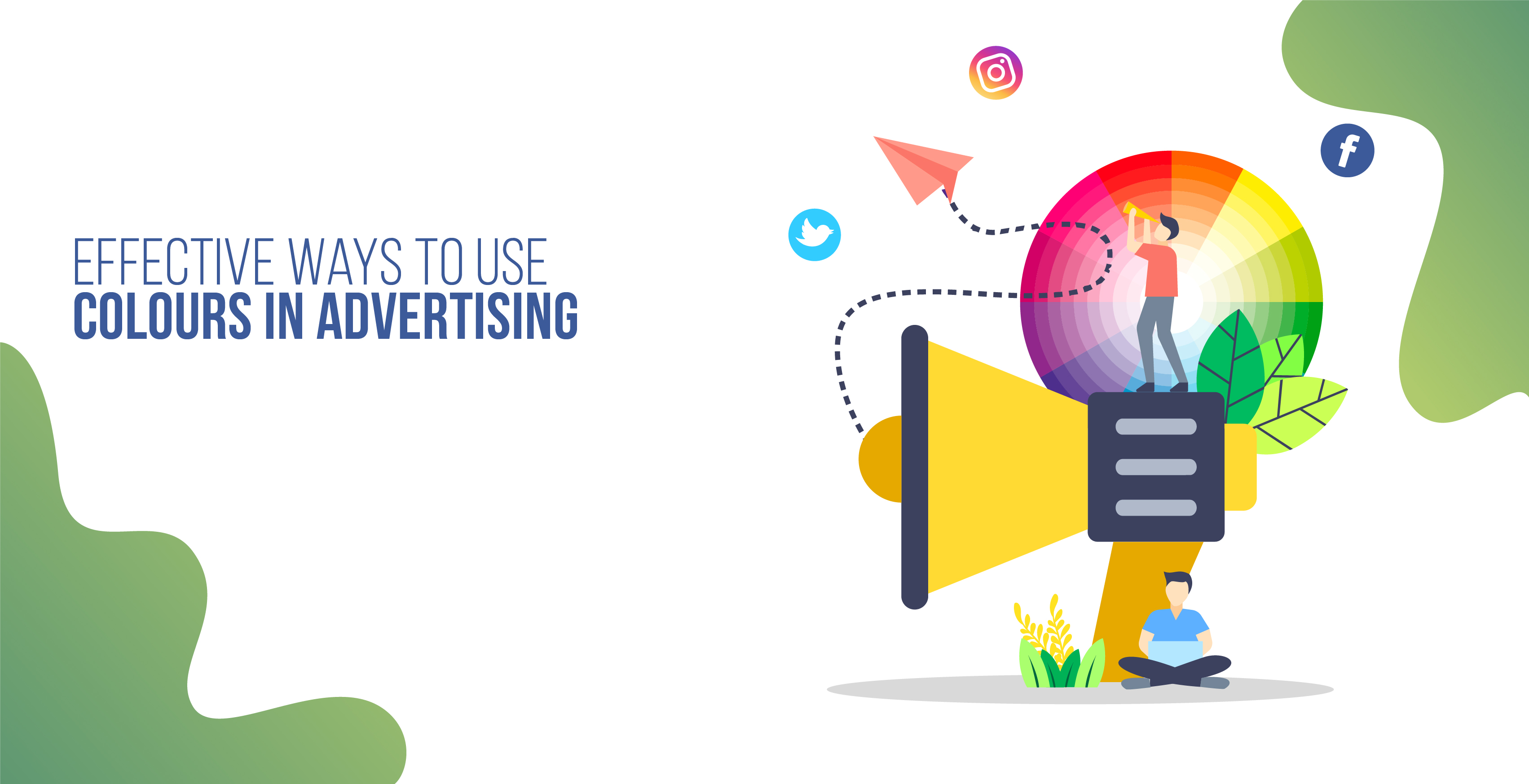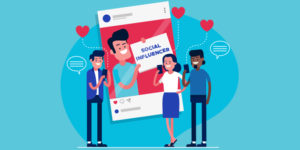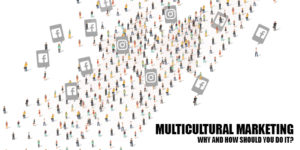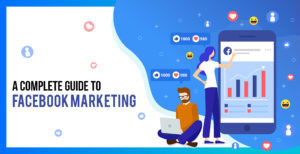Colours have a powerful impact on people’s mind and behaviour. Our brain uses colours to recognize traits about products and the brands that produce them. The associations our brains make with certain colours are key to bridging the gap between effective marketing materials and their target audiences. Colours speak a language words just can’t replicate. That is, they communicate with us on an emotional level. Colours should be used in contrast to reduce eye strain and to make it more attractive and appealing to the reader so that they can focus their on specific items. The use of bright colours leads to an energetic feeling which results in a better evoke response from the user.
Use of singular colour in various shades and hues. It tends to be very easy with the eye, and is frequently employed online.it is implemented if one desires a sleek or minimalistic look to the product.
Use of two colour from the opposite end of the colour wheel is pleasing to eyes and most common in print media, it is implemented if one desire to use a wider range of colours. Use of three colours is equally spaced on the colour wheel. This tends to give a harmonious effect; it is implemented to desire a bolder effect.
Colour can be the sole reason for a customer to purchase a product. A product’s colour can convince us that it tastes fresher than the same product with a different colour. 85 percent of consumers cite colour as the primary reason for choosing which products to buy. Additionally, up to 90 percent of impulse decisions about products are based solely on the products’ colours. According to colour psychology researchers, 42 percent of consumers form their opinions of websites based on the sites’ designs, with colour contributing more to their opinions than any other factor. And 52 percent of the time, poor colour choice and other inferior design choices send users off a website, never to return.
Blue
Blue is typically regarded as a masculine colour, calmness, tranquillity, refreshing, stability, responsibility, peace, relaxation, sadness. Blue is a popular colour for banks because it communicates authority and stability, values consumers expect from people who handle their money.
Green
Green is best for calm, mature and professional brands. In fact, it is known to lower blood pressure and heart rate in viewers. Green reminds many people of the recycling logo, which makes it perfect for any brand that advertises itself as eco-friendly or organic. It’s also a great choice for a spa because it emphasizes the soothing, renewing experience the client expects from a day at the spa. Green stimulates harmony in your brain and encourages a balance leading to decisiveness.
Purple
Purple is mystical, mysterious and sensual. A purple brochure plays into thoughts of wealth and luxury while reminding readers of the Purple Heart.
Red
Red is an attention-grabbing, vibrant, hot colour that is generally associated with passion, high energy, love, warmth, fire, warfare, anger, danger, confidence. A dating service that specializes in creating blind dates can use red on its landing page to emphasize.
Yellow
Cheerful colour that promotes optimism. Yellow can make babies cry, while orange can trigger a sense of caution. Used to create a sense of anxiety that can draw in impulsive buyers and window shoppers.
Black
Associated with authority, power, stability, and strength. Often a symbol of intelligence, but can become overwhelming if used too frequently.
The use of colour in advertisement can be fined tuned dependent on one’s need. Colours can lighten up lives and can infuse with happiness. They can also excite, calm us down or make us feel reassured and nurtured. Correctly harnessing the psychology of colour in advertising is a very powerful tool: when an advert has the right colour to match the services or products on offer, and one which simultaneously appeals to the correct target market, the advert will form the basis of a successful marketing campaign.




